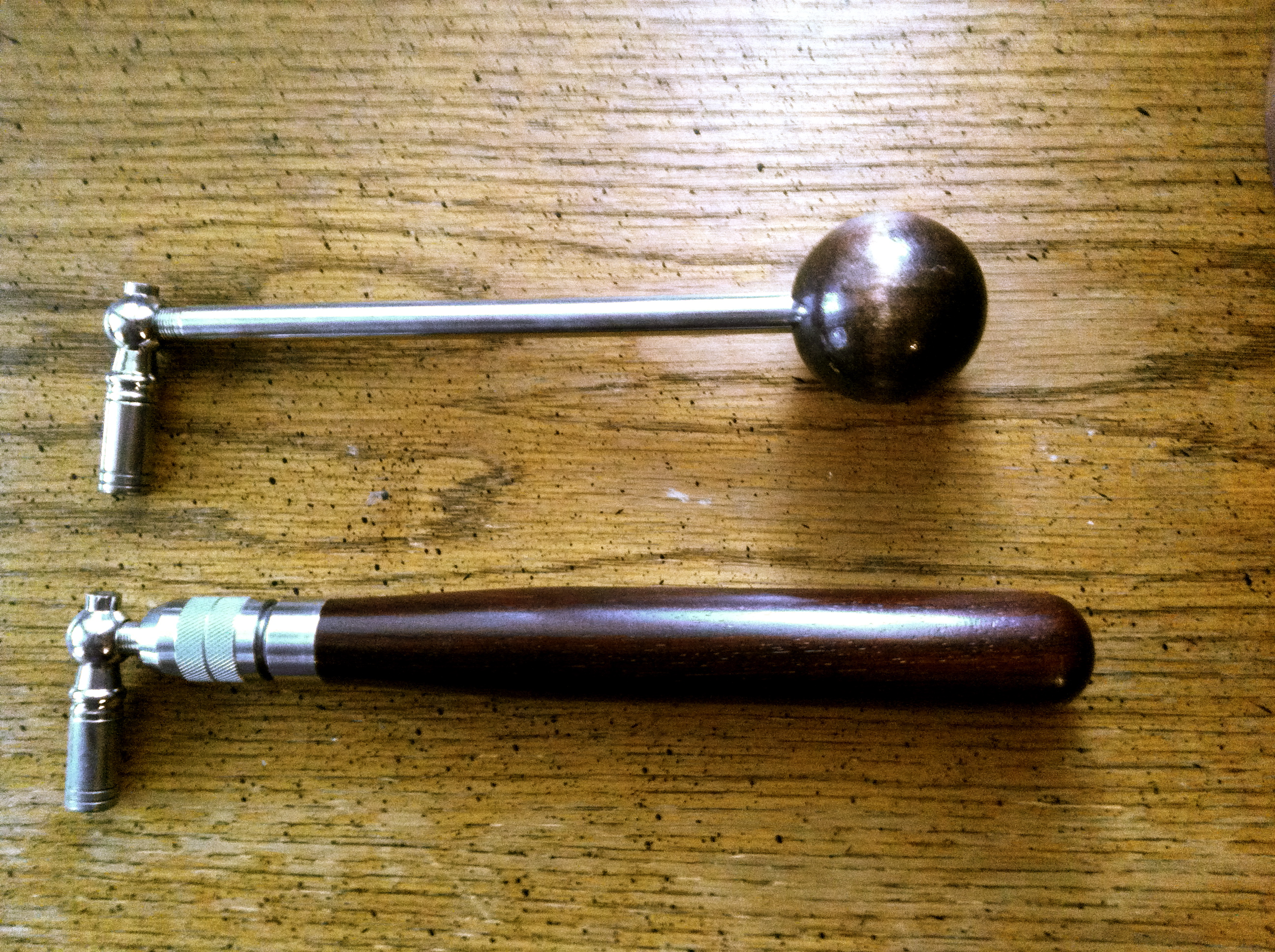tuning wrench on:
[Wikipedia]
[Google]
[Amazon]
 A tuning wrench (also called a tuning lever or tuning hammer) is a specialized
A tuning wrench (also called a tuning lever or tuning hammer) is a specialized
Picture of a piano wrench
from the Grosse Pointe Public Library
from A Psimple Psaltery {{Hand tools, state=collapsed Musical tuning Wrenches
 A tuning wrench (also called a tuning lever or tuning hammer) is a specialized
A tuning wrench (also called a tuning lever or tuning hammer) is a specialized socket wrench
A socket wrench (or socket spanner) is a type of spanner (or wrench in North American English) that uses a closed ''socket'' format, rather than a typical open wrench/spanner to turn a fastener, typically in the form of a nut or bolt.
The most ...
used to tune string instrument
In musical instrument classification, string instruments, or chordophones, are musical instruments that produce sound from vibrating strings when a performer strums, plucks, strikes or sounds the strings in varying manners.
Musicians play some ...
s, such as the piano
A piano is a keyboard instrument that produces sound when its keys are depressed, activating an Action (music), action mechanism where hammers strike String (music), strings. Modern pianos have a row of 88 black and white keys, tuned to a c ...
, harp
The harp is a stringed musical instrument that has individual strings running at an angle to its soundboard; the strings are plucked with the fingers. Harps can be made and played in various ways, standing or sitting, and in orchestras or ...
, and hammer dulcimer, that have strings wrapped around tuning pins. Other string instruments do not require a tuning wrench because their tuning pins or pegs come with handles (as with the violin
The violin, sometimes referred to as a fiddle, is a wooden chordophone, and is the smallest, and thus highest-pitched instrument (soprano) in regular use in the violin family. Smaller violin-type instruments exist, including the violino picc ...
), or geared tuning machines (as with the guitar
The guitar is a stringed musical instrument that is usually fretted (with Fretless guitar, some exceptions) and typically has six or Twelve-string guitar, twelve strings. It is usually held flat against the player's body and played by strumming ...
or banjo
The banjo is a stringed instrument with a thin membrane stretched over a frame or cavity to form a resonator. The membrane is typically circular, and in modern forms is usually made of plastic, where early membranes were made of animal skin.
...
).
Tuning wrench sockets may be triangular-shaped or eight-pointed star-shaped, and are found in two basic sizes: a large size for pianos, and a smaller size for most other instruments. For pianos, pins are typically square with a slight taper. There are three standard sizes known as No. 1, No. 2 and No. 3, for pins up to 6.5mm, for pins 6.5mm to 7.25mm, and for pins larger than 7.25mm. No. 2 is the most common. Wrenches are supplied with an eight-point star. Some early keyboard instruments have oblong-shaped tuning pins.
Impact piano tuning levers differ from traditional levers in that they are fitted with a weight at the end of the handle. The tuner flicks the lever with his or her wrist, causing the weight to do the actual work of moving the tuning pin. Tuning wrench sockets are often attached snugly to the handle with fine-gauge machine-screw threads, to provide a very firm, immobile joint; this is in contrast to the square snap-on joints found in sockets used for machinery.
Unlike most socket wrenches, tuning wrenches usually have a comfortable wood or nylon handle. They are found in two basic shapes: L-shaped and T-shaped. L-shaped handles for pianos are available in several angles that are not quite right angles, provide greater leverage than T-shaped handles, and the angle provides clearance for the handle over adjacent pins, allowing a very short and stiff socket to be used. This enables a better feel and control of the tiny movements of the tuning pin, within the pin-block. T-shaped handles are used for many lower-tension instruments such as the harpsichord, harp, and dulcimer. T-shaped handles help keep torque
In physics and mechanics, torque is the rotational analogue of linear force. It is also referred to as the moment of force (also abbreviated to moment). The symbol for torque is typically \boldsymbol\tau, the lowercase Greek letter ''tau''. Wh ...
parallel to the shaft of the tuning pin, and thus avoid bending the pin and widening the wooden hole that holds the tuning pin.
See also
*Drum key
Drum tuning is the process of adjusting the frequency or pitch of a drum. Although most drums are unpitched instruments, they still have a fundamental pitch and overtones. Drums require tuning for a variety of reasons: to sound good together as a ...
, a similar tool used for tuning drums and adjusting drum hardware
References
External links
Picture of a piano wrench
from the Grosse Pointe Public Library
from A Psimple Psaltery {{Hand tools, state=collapsed Musical tuning Wrenches